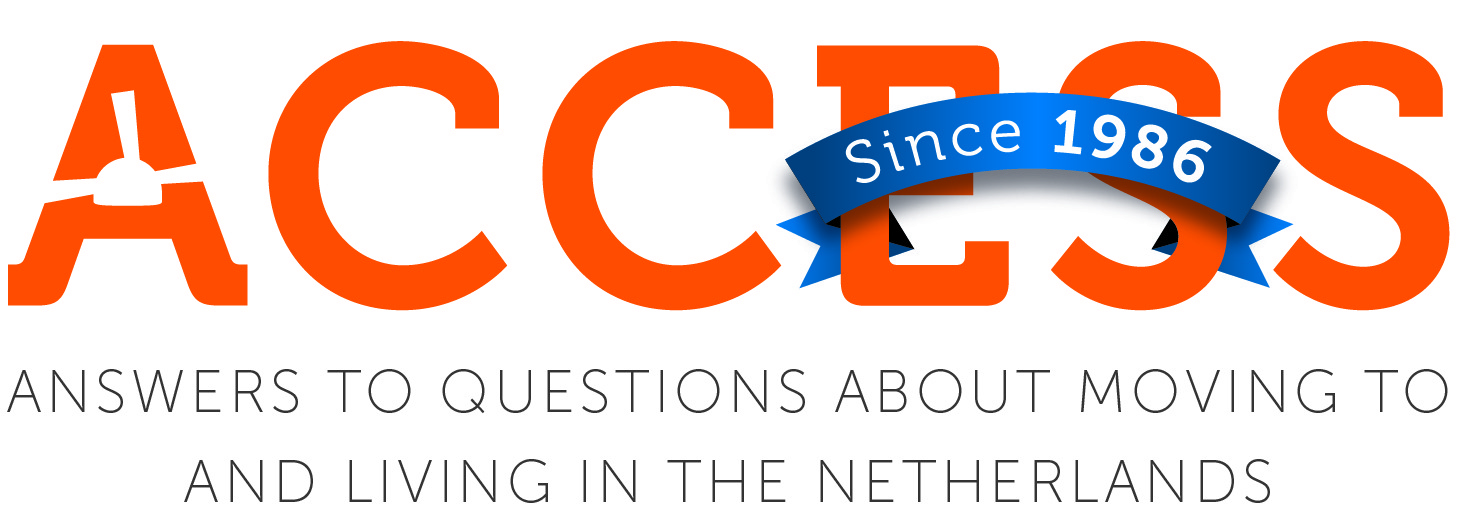Do you have a driving licence that was issued in one of the countries of the European Union (EU) or European Free Trade Association (EFTA) and do you live in the Netherlands? If so, you can continue to drive on this licence in the Netherlands for 15 years (from the date of issue of the foreign driving licence). This applies to the categories AM, A1, A2, A, B and BE. The driving licence must be valid for this to apply.
The RDW (Netherlands Vehicle Authority) has up-to-date information about the rules for use of a foreign driving licence.
Please note that when exchanging a driving licence, you will be asked to hand in your old licence. A counter clerk will collect your foreign driving licence and give you a certified copy and a receipt. You will not receive your old driving licence back after the exchange. Instead, the RDW will return your driving licence to the issuing authority in your country of origin.
Persons with diplomatic status or working at certain international organisations (privileged card holders) may drive in the Netherlands without the need to exchange their foreign licence for a Dutch one. You will, however, need a valid foreign driving licence and an identity pass for privileged persons from the Ministry of Foreign Affairs.

